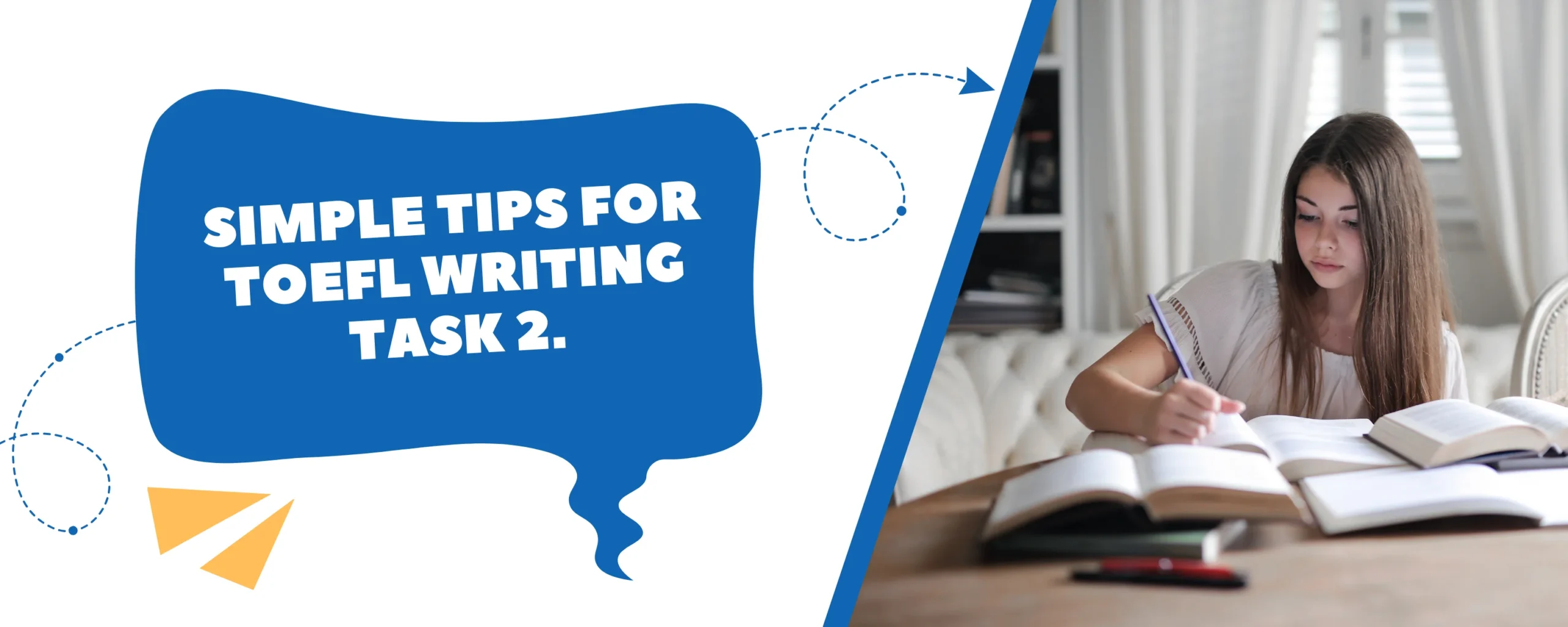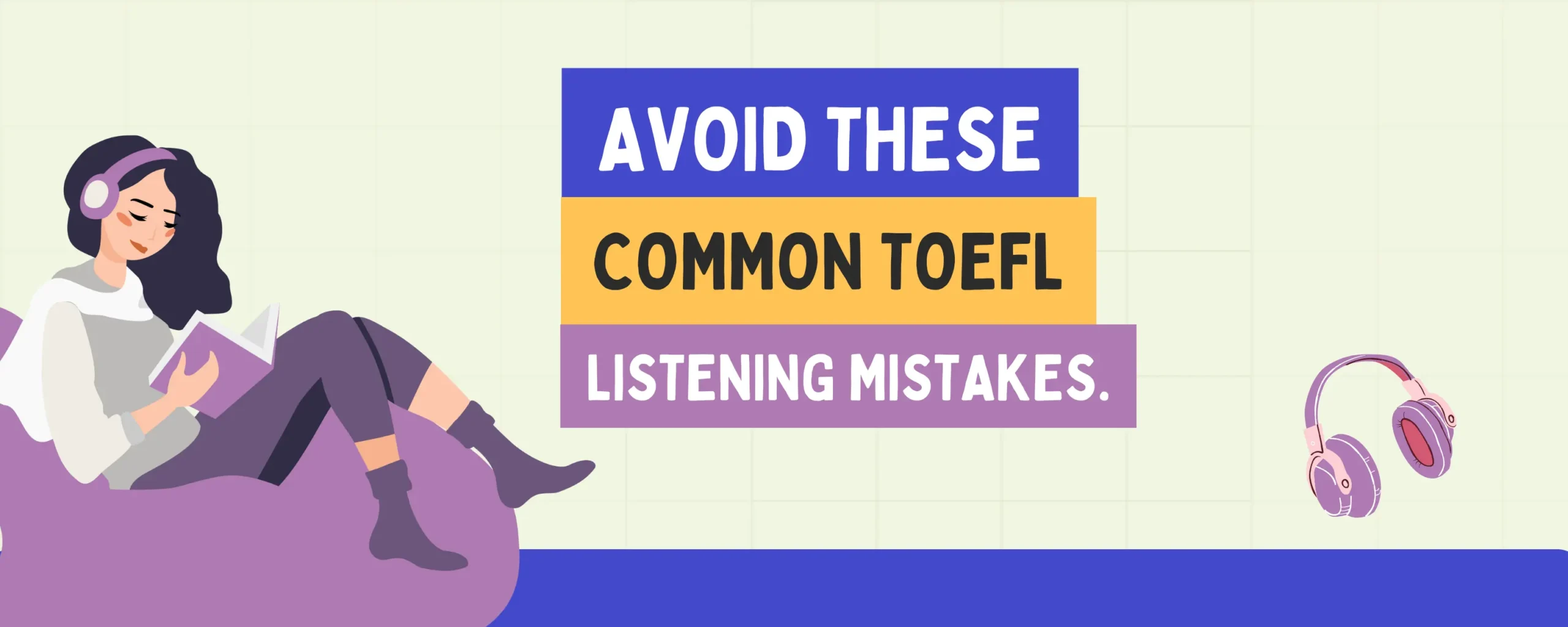The TOEFL exam assesses your readiness for academic success in English-speaking universities. Acing the TOEFL reading section is crucial, as it evaluates your ability to understand complex academic texts.
Here, you’ll encounter passages similar to those found in college textbooks, covering a wide range of subjects. Don’t worry if you’re not an expert on every topic; the key is demonstrating your comprehension skills.
This section comes in two formats:
- the internet-based test (iBT)
- the paper-based test (PBT).
Both formats test your understanding of the passages through multiple question types, but they differ slightly in the number of passages, time allocated, and overall structure. Knowing these differences and what to expect can help you approach the reading section with confidence and maximise your score.
TOEFL Reading Exam Section Format
The TOEFL Reading section assesses your ability to understand academic texts, similar to what you’d encounter in college textbooks.
This section comes in two formats: the TOEFL iBT (internet-based test) and the TOEFL PBT (paper-based test). Both formats test your comprehension of complex ideas and unfamiliar topics, but they differ slightly in structure and time constraints.
Passages and Question Types:
No matter which format you take, you’ll encounter passages on a variety of academic subjects. The questions will test your understanding of these passages in several ways:
- Finding Facts: These questions ask you to pinpoint information directly stated in the text.
- Making Inferences: Here, you’ll need to draw conclusions based on what the passage implies, not just what it explicitly says.
- Understanding Vocabulary: You may encounter unfamiliar academic words, and the questions will ask you to choose the answer that best fits the context.
- Text Organization: Sometimes, you’ll be asked to show how the passage is structured by inserting sentences or completing a table.
- Summarising the Main Idea: These questions require you to identify the central point of the passage.
The TOEFL iBT Reading Section:
- Time: 35 minutes
- Number of Passages: 2
- Number of Questions: 10 per passage (20 total)
- Passages: Passages from university-level textbooks, around 700 words each.
This format focuses on a more concise testing experience with fewer passages but the same amount of time per question as the PBT.
The TOEFL PBT Reading Section:
- Time: 54–72 minutes (depending on the test centre)
- Number of Passages: 3-4
- Number of Questions: 10 per passage (30–40 total)
- Passages: Similar to the iBT, excerpts from university-level textbooks are around 700 words each.
The PBT offers more passages and questions, allowing for a potentially more comprehensive assessment, but with a longer time commitment.
- Check out our Tips on TOEFL Writing
- Check out our Tips on TOEFL Speaking
- Check out our Tips on TOEFL Listening
Common Challenges in TOEFL Reading Exam
1. Time Management
Both TOEFL formats have strict time limits. You’ll need to pace yourself effectively to read the passages carefully and answer all the questions within the allotted time. Mastering time management involves practising with timed practice tests to build your reading speed and question-answering efficiency.
2. Difficult Vocabulary
Academic passages often include hard words. Focus on understanding the main ideas and use context clues to figure out the meanings of unfamiliar words. Remember, TOEFL provides a glossary for very tough words.
3. Understanding Complex Texts
Academic writing can be dense and packed with complex ideas. Sentences may be long and winding, with unfamiliar grammatical structures. To overcome this challenge, develop strong comprehension skills by actively reading academic articles and textbooks beforehand.
4. Focus fatigue
Reading dense texts for a long time can be exhausting. Taking short breaks during your practice sessions can help you stay focused.
5. Missing Key Information
It’s easy to get lost in details and miss the main points. Underline key ideas and summarise paragraphs in your own words to keep track of the main message.
6. Question Traps
Some answer choices might seem correct but don’t fully answer the question. Read the questions carefully, and choose the answer that best matches the passage.
Sometimes, you have to “read between the lines.” Practice making inferences based on the information in the passage.
Effective Reading Strategies for TOEFL Reading Exam
1. Skimming and Scanning
Skim the passage quickly to get a general idea of the content. Then, scan for specific details when answering questions. Focus on headings, introductions, and conclusions to find key points easily.
2. Identifying Key Information
Highlight or underline important information as you read. Pay attention to the main ideas, supporting arguments, and transitions between ideas. This helps you quickly locate answers during the test.
3. Answering Different Question Types
- Main Idea: Identify the overall message of the passage.
- Vocabulary in Context: Use context clues from surrounding sentences to understand unfamiliar words.
- Details and Inferences: Look for specific facts and use your understanding to make logical conclusions.
- Summarising: Identify and synthesise key points into a concise summary.
- Text Organization: Understand the passage structure to accurately insert sentences or complete tables.
4. Active Reading
Engage actively with the text by asking questions, visualising information, and connecting ideas. This improves comprehension and helps you remember what you’ve read.
5. Note-taking
If it helps you stay focused, jot down key points, vocabulary, or connections between ideas. However, avoid excessive note-taking as time is limited.
6. Process of Elimination
When faced with tricky answer choices, eliminate the obviously wrong options based on the passage. This increases your chances of picking the correct answer from the remaining choices.
7. Reviewing and revisiting
After answering a question, move on, but keep a mental note to revisit if you have time left. This ensures you answer all questions and can refine your answers if time permits.
8. Practice Makes Perfect
Regular practice with timed tests will help you build speed, accuracy, and test-taking confidence. Simulate the actual TOEFL Reading section to improve your performance effectively.
Practice Resources for TOEFL Reading Exam
Conquering the TOEFL Reading section requires solid preparation. Here are some excellent resources to help you ace it:
1. TOEFL iBT Sampler
This free software (Windows only) offers a complete practice test mirroring the actual TOEFL format, including reading passages and questions.
2. TOEFL iBT Quick Prep
Get your hands on four free PDFs containing reading passages and questions. They provide six passages in total, equivalent to two full TOEFL reading sections.
3. TOEFL Sample Questions
This official toefl exam reading practice PDF offers a concise taste of the sample toefl reading with a passage, questions, and other question types.
4. TOEFL Practice Online (TPO) Tests
These retired TOEFL exams (paid) simulate the real test and provide automatic grading upon completion.
5. Official TOEFL Prep Books
ETS offers various prep books with extensive practice questions and full-length exams, giving you a comprehensive review.
6. Test Prep Practice
This website offers five free TOEFL Reading quizzes with passages and questions for further practice.
How to Use Practice Tests Effectively
- Simulate Test Conditions: Set a timer and try to complete the practice test within the actual TOEFL Reading section time limit.
- Review your answers: Don’t just check marks; analyse the explanations for both correct and incorrect answers. Learn from your mistakes!
- Focus on Weaknesses: Identify areas where you struggle and find additional toefl reading practice materials to target those weaknesses.
How LaForet’s TOEFL Course can help
The TOEFL Reading section can feel like a hurdle, but our course is here to equip you with the skills and strategies you need to jump over it with confidence. Here’s how we’ll help you dominate the TOEFL Reading section:
1. Conquer Complex Text
We’ll break down academic vocabulary and sentence structures, making them clear and manageable. You’ll learn to navigate even the most challenging passages with ease.
2. Sharpen Your Focus
We’ll teach you effective skimming and scanning techniques to identify key information quickly.
3. Master Question Types
Learn to tackle all types of TOEFL reading questions, from finding main ideas to making inferences and understanding vocabulary in context. We’ll provide targeted practices and strategies for each type.
4. Boost Your Reading Speed
Through timed practice tests and exercises, you’ll develop your reading speed and comprehension skills, ensuring you finish the section within the allotted time.
5. Build Test-Taking Confidence
We’ll provide realistic practice tests that mimic the actual TOEFL format, helping you become familiar with the test structure and reducing anxiety on test day.
6. Expert Guidance
Our experienced instructors will provide personalised feedback and answer your questions, ensuring you’re on the right track to success. old.laforet.in/toefl-course
Wrap Up
Don’t just survive the reading section—excel in it!
Ready to improve your TOEFL reading skills?
Visit us at TOEFL Course to learn more about our TOEFL course and crack the exam.





